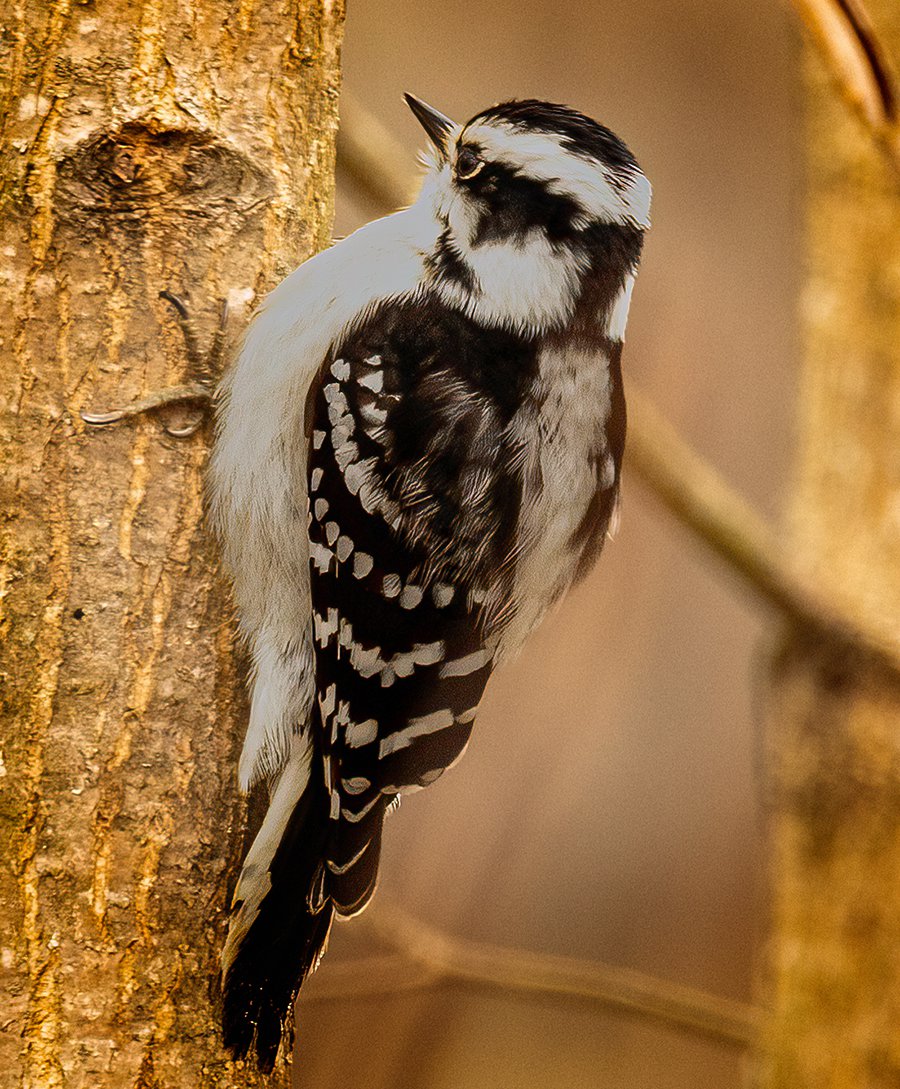Revealing the Tricks of Woodpeckers: Actions, Habitat, and A Lot More
Woodpeckers, with their unique habits and specialized adjustments, have actually long amazed researchers and nature fanatics alike. These impressive birds possess a range of appealing keys that clarified their survival techniques, habitat choices, and detailed interaction methods. By uncovering the secrets bordering woodpeckers' behavior and habitat choices, a deeper understanding of these avian wonders emerges, using a glance right into their remarkable globe. What makes these birds genuinely outstanding, and just how do they browse their setting with such accuracy and ability? Allow's check out the fascinating world of woodpeckers and untangle the enigmatic information that make them such fascinating topics of research.
Woodpecker Habits Insights
In analyzing woodpecker actions, an interesting display screen of specialized skills and adjustments emerges, losing light on their amazing eco-friendly niche. Woodpeckers, recognized for their distinctive drumming on trees, have a variety of behavioral qualities that contribute to their survival and success in their environment.
In addition, woodpeckers display an one-of-a-kind feeding behavior identified by their ability to essence pests from tree bark using their specialized beaks. Their long, barbed tongues help in capturing victim, while their solid neck muscle mass give stability and precision throughout pecking motions. This feeding technique permits woodpeckers to access covert insect larvae and remove them with impressive efficiency.
Habitat Preferences and Choice
What elements influence the habitat choices and option of woodpeckers? One vital variable affecting woodpecker habitat choice is the availability of suitable nesting websites. Woodpeckers commonly favor woodlands with a mix of fully grown trees that offer sufficient chances for tooth cavity excavation.
Furthermore, woodpeckers show a choice for environments with a plentiful supply of food sources. They are primarily insectivorous, preying on beetles, ants, larvae, and various other bugs found in decaying wood or tree bark. Woodpeckers tend to prefer wooded locations with a diverse insect populace to satisfy their dietary demands.
Additionally, the existence of dead or decaying trees is one more essential factor in woodpecker environment selection. These trees not just offer food sources yet likewise offer appropriate substrate for dental caries excavation. Dead trees are vital for the maintenance of healthy woodpecker populaces, as they play a see here now crucial role in the woodpeckers' life process and ecosystem characteristics.
Feeding Habits and Diet Regimen Structure
Woodpeckers demonstrate a specialized feeding habits concentrated on foraging for pests within various habitats. In enhancement to insects, woodpeckers also take in tree sap, fruits, nuts, and seeds, including selection to their diet depending on the season and accessibility of food resources.
The foraging strategies he said of woodpeckers are well-adapted to their arboreal way of living. Woodpeckers play a critical duty in preserving the health of woodlands by managing insect populations and aiding in the disintegration of wood.
Drumming Sounds and Interaction
Using rapid drumming audios on different surface areas, woodpeckers use an unique form of interaction to indicate region limits and attract friends. This drumming habits is not just a way of communication yet also offers as a means for woodpeckers to establish their visibility within a specific area. The strength, speed, and pattern of the drumming can communicate important details to other woodpeckers in the location.
Woodpeckers use drumming audios to announce their visibility in a territory and to advise off prospective burglars. The loud and repeated nature of the drumming works as a clear signal to other woodpeckers that the location is currently declared. This aids in decreasing problems and reducing physical conflicts in between individuals.

Survival Adaptations and Specialized Composition

Conclusion
Finally, woodpeckers display one-of-a-kind actions, such as drumming noises for communication, and have actually specialized composition for survival in their chosen environments. Their feeding routines and diet go to this web-site plan composition further show their versatility to numerous atmospheres. By comprehending these aspects of woodpeckers, scientists and preservationists can better shield and protect these fascinating birds and their ecological communities.